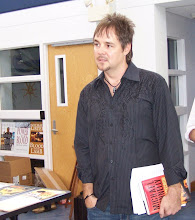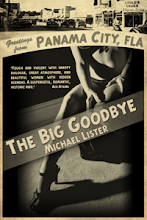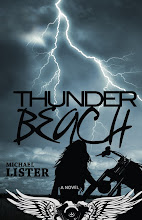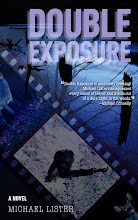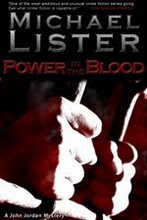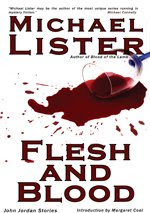
All you need to make a romance is a guy, a girl, and some obstacles.
Obviously, there’s a bit more to it than that, particularly if it is to be done well, but I’m playing off of Jean-Luc Godard’s famous comment that “all you need to make a movie is a girl and a gun,”
I began thinking about true love’s obstacles after watching “Bright Star” and “Romeo and Juliet” on the same day.
“Bright Star” is Jane Campion’s 2009 film based on the last three years of the life of poet John Keats and his romantic relationship with Fanny Brawne.
The version of “Romeo and Juliet” I watched, my favorite Shakespeare adaptation and one of my favorite all-time films, is Franco Zeffirelli’s 1968 masterpiece staring Leonard Whiting and Olivia Hussey.
The many obstacles to love faced by the most famous teenage lovers in history are well known—their star-crossed connection doomed from the jump because their only love sprang from their only hate, their secret marriage, Romeo’s killing of Juliet’s cousin, Juliet’s forced marriage to another man, and so on and so on until they are both dead. As obstacles go, these aren’t at all bad. Not at all.
Of course those of John Keats and Fanny Brawne are pretty impressive too. The two are of different classes in a time when that kind of thing really mattered. He couldn’t afford to marry, couldn’t support himself, let alone a wife. And finally, he catches his death of cold and is sick for a lengthy period and then, well, what the movie.
I found “Bright Star” moving and passionate, smart and romantic. Jane Campion is a fantastic director and, as usual, she has made a stunningly beautiful film.
This was the first time I’ve seen “Romeo and Juliet” in HD and it was exquisite. The forty-three year old film holds up extremely well. As far as I’m concerned there will never be a better Juliet than teenaged Olivia Hussey. I first saw the film when I was maybe eight or ten and was so moved by it that I was sick for days afterwards.
Both “Romeo and Juliet” and “Bright Star” are intensely romantic and tragic, and as in the case of our own epic adventures, death has the final word. And though I believe as the “Song of Songs” says that “love is as strong as death,” as far as we know and as far as we can see it is the insurmountable obstacle of this life and, therefore, its loves.
Classic love stories have classic obstacles—cultural taboos, such as class, caste, money, power, race, religion, gender roles, sexual orientation, etc.—powerful enough to keep all but the strongest soul mates from their fates.
But what do we have today? What possible credible obstacles do modern members of educated, liberal democracies have? For many of us, the dragons of class, race, religious, sexual, and financial impediments have been slain. What’s left?
What are the new obstacles?
As enjoyable and inspiring and moving as I found the two films, I found myself thinking more about the new modern obstacles and concluded that in the absence of outward, societal obstacles and taboos, we have created our own, largely internal ones for the narratives inside our heads and the postmodern stories we tell and live.
The new Capulets and Montagues and cultural taboos are neuroses and narcissism, ambivalence and the tyranny of too many choices. External demons have become inner ones. We don’t have impediments as much as issues. Abandonment issues. Daddy issues. Mommy issues. Commitment issues. And on and on issue ad infinitum.
And I don’t think it’s a coincidence we have these now that we don’t have the others.
Newfound freedom causes a vacuum that the insecure rush to fill.
Most modern romances, with the exception of Richard Curtis’s brilliant “Notting Hill” which was about the new and very modern obstacle of celebrity, are more about ambivalence than much of anything else, about self-involved characters who are afraid, who really don’t want relationships. Sure, they want sex, they want interaction, but not intimacy, not strings, not entanglement, not love, not commitment. And I think this is a case of art imitating life, of our modern stories reflecting our modern condition, of avoidance and ambiguity, of fear and ambivalence, of a new level of self-centeredness, of external obstacles being replaced by internal issues, whether real, imagined, or invented that net the same result—the tragic thwarting of love. But it seems far more significant and substantial when the obstacle is that of an entire repressed culture than a character merely being unable to make up her mind.

